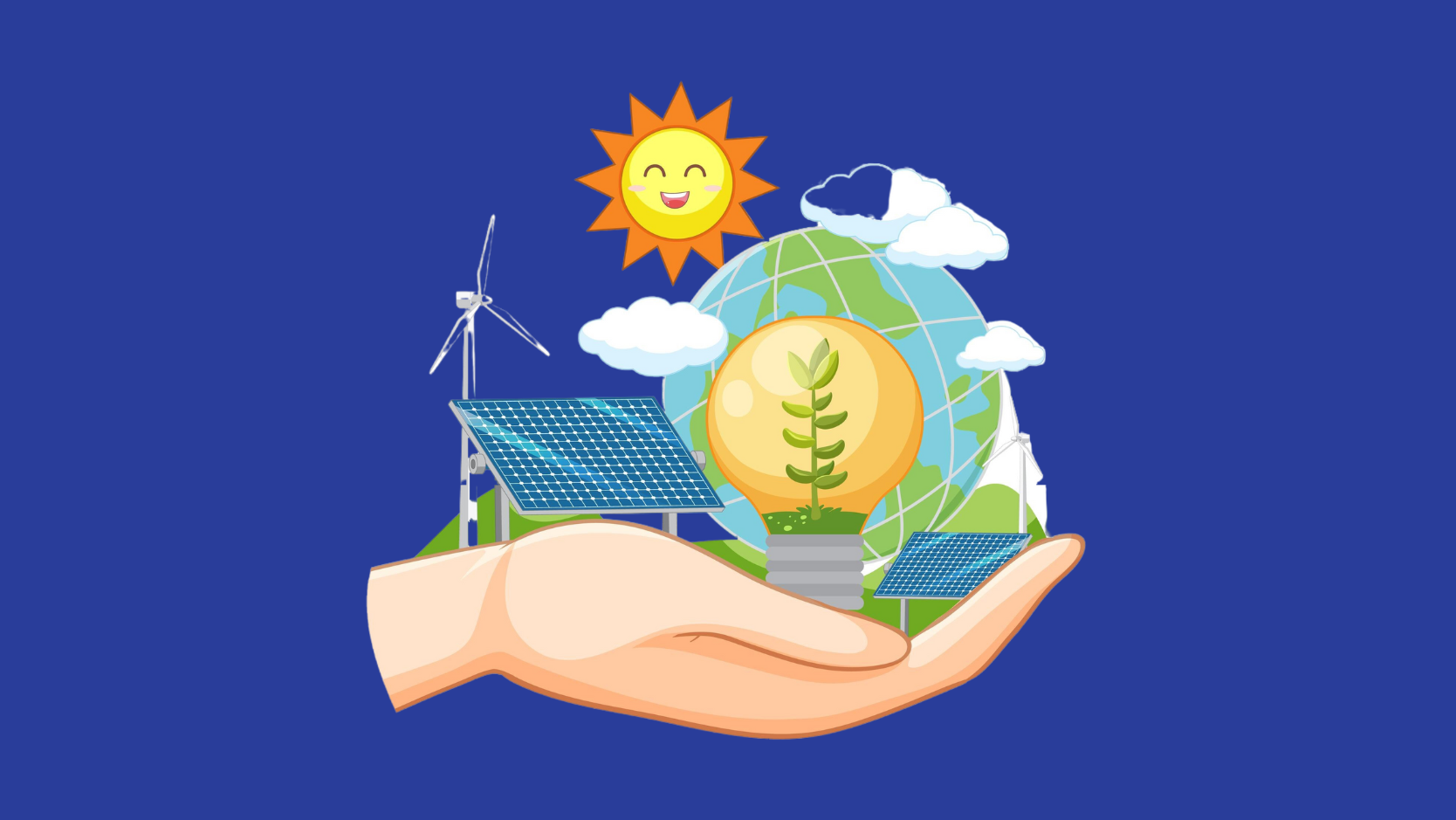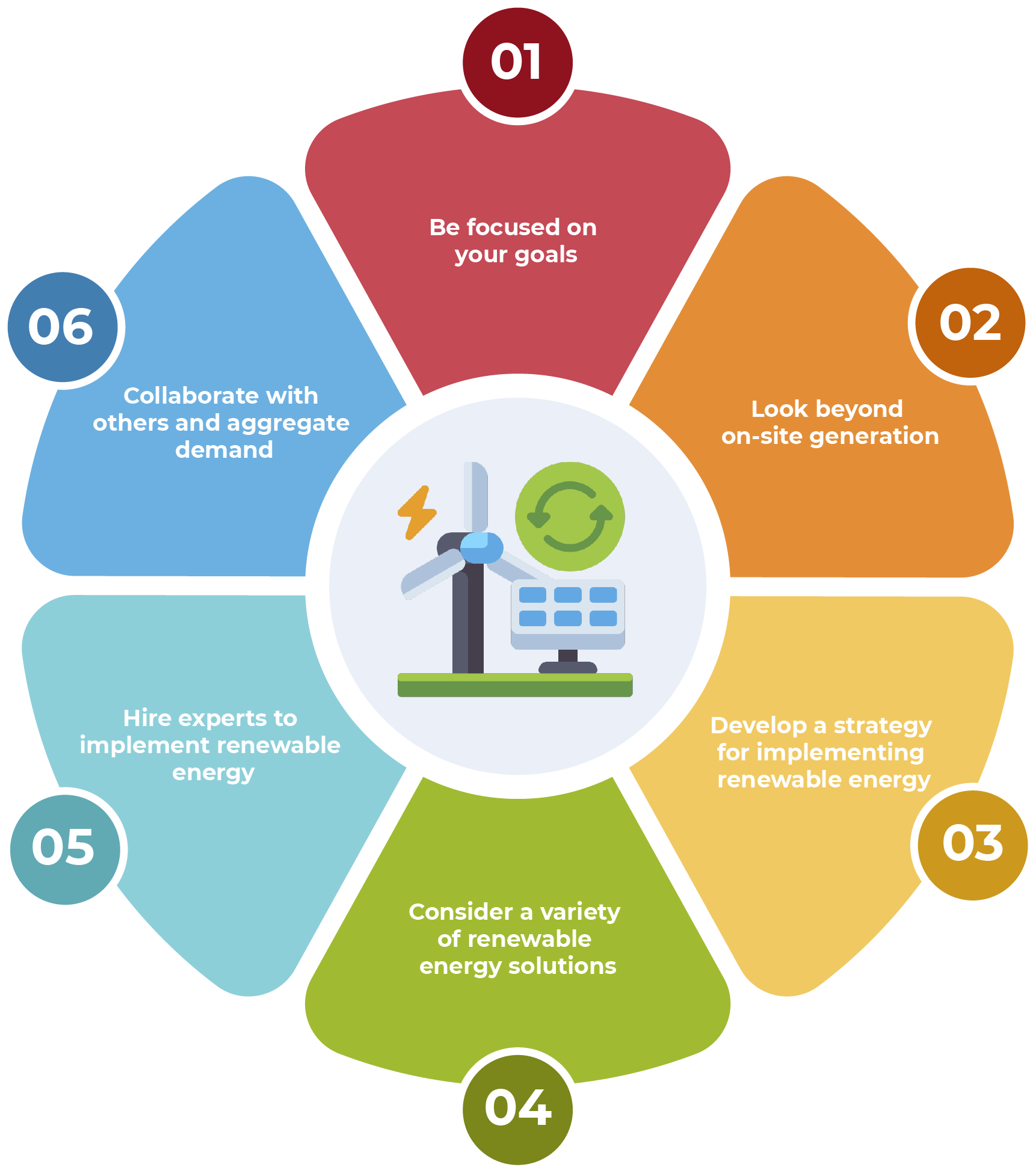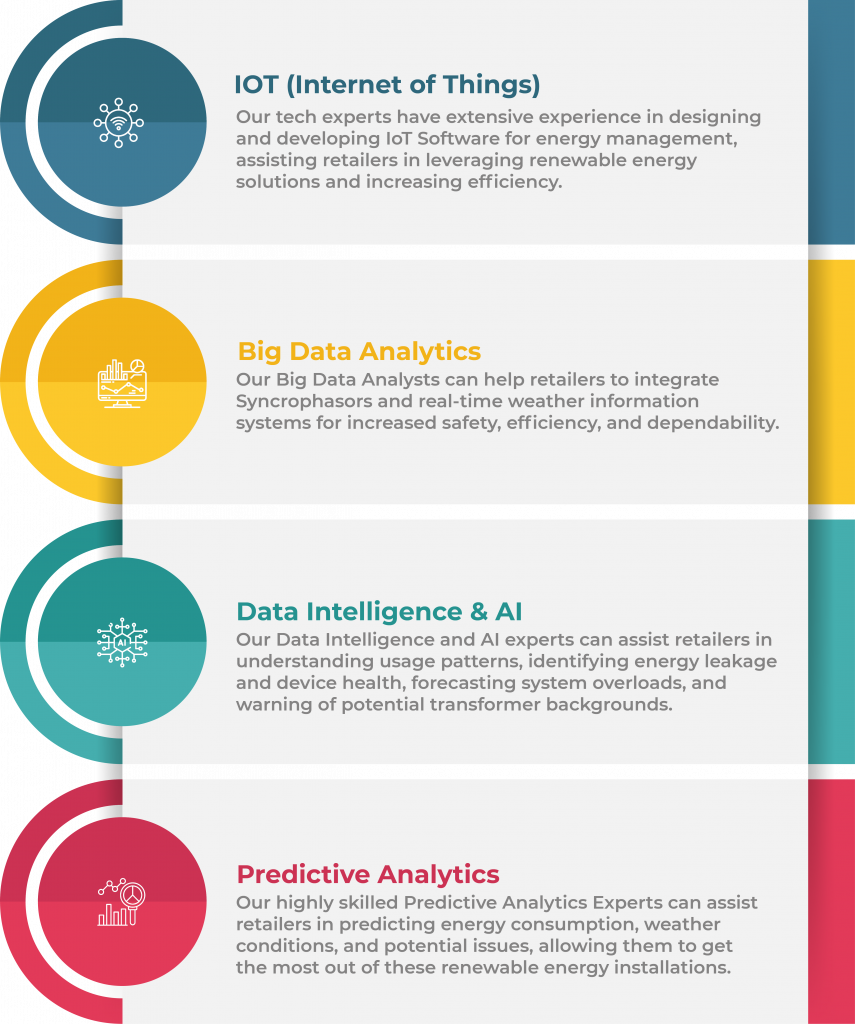
Retailers are leading the charge to reduce contributions to climate change!
Despite the efforts of individual countries and international organizations, we’re constantly being bombarded with bad climate news. The International Energy Agency (IAE) stated in a March 2022 report that countries collectively failed to stop the growth in Global energy-related carbon dioxide emissions, which rose by 6% in 2021 to 36.3 billion tonnes, reaching its highest ever level (source iea.org). This has resulted in rising global temperatures and an undeniable need for deeper and faster emission cuts.
It’s time for retailers to take the lead in fighting against climate change.
Several retailers and restaurant chains have already established science-based targets to reduce their carbon footprints. Their climate strategies are focused on reducing greenhouse gas emissions from electricity purchases and shifting to renewable energy.
Renewable energy (electricity generated from sources like solar, wind, and hydroelectric dams) avoids the polluting climate change emissions created by generating electricity from fossil fuels like coal, oil, and natural gas. Furthermore, renewable energy is less expensive than traditional energy sources, making it profitable for retailers. So, how retailers can play their part to reduce atmospheric damage? What can they do to reduce their carbon footprint? Let us walk you through some tips and tricks for achieving the aforementioned.
Tips For Implementing Renewable Energy:
While the financial and environmental benefits of switching to renewable and carbon-free electricity sources are appealing, implementing renewable energy is still quite challenging for companies with stores, restaurants, and distribution centers in multiple locations across the country. There are a few important considerations for retailers while implementing a renewable energy strategy:

1. Be Focused On Your Goals:
Retailers can set their greenhouse gas emission goals in order to reduce their climate change contributions.
2. Look Beyond On-Site Generation:
Many people imagine rooftop solar panels when considering renewable energy. On-site rooftop solar is just one option. Consider other options as well, such as solar parking canopies and off-site solar or wind farms.
3. Develop a Strategy For Implementing Renewable Energy:
The next step to ensure renewable energy adoption and integration within your company is to define your renewable energy strategy based on available options, key priorities, and ambition. Your strategy should reflect your company’s motivation for renewable energy procurement.
4. Consider a Variety of Renewable Energy Solutions:
Renewable energy solutions differ according to their size, location, risk tolerance, return on investment, and duration. Some solutions may have higher initial costs but produce higher long-term returns. Others may have a lower or no initial cost but produce less long-term savings. Consider multiple options and then select the best renewable energy solution.
5. Hire Experts:
Given the variance and complexity of the renewable energy markets, companies hire outside experts in order to provide insights to execute a strategic change management strategy within the organization and the various financial models to acquire renewable energy. You can do the same.
6. Collaborate With Others And Aggregate Demand:
Purchasing larger quantities of renewable energy, like other goods and services, creates potential economies of scale and volume discount opportunities. Smaller retailers can expand their renewable energy options while also lowering their renewable energy costs by pooling their demand with other retailers looking to buy green power.
How UWorx Can Help In Implementing Renewable Energy:
The following are some of the ways we can help the retail sector to implement renewable energies:

1. IoT (Internet of Things)
Our tech experts have extensive experience in designing and developing IoT Software for energy management, assisting retailers in leveraging renewable energy solutions and increasing efficiency. For example;
Asset Monitoring: Retailers can connect their renewable energy plants in one network and control them on the go through mobile or desktop applications. This helps them reduce their operational costs and manual intervention.
Remote Tracking: Remote tracking allows retailers to track their assets in real-time, detect maintenance issues, monitor performance, and anticipate problems. Any changes to the environment can also be quickly reported to maintenance teams. Remote tracking also enables them to monitor energy consumption via smart devices.
Generating Insights: IoT devices are frequently integrated with advanced technologies such as machine learning (ML) and Artificial Intelligence (AI). It enables retailers to gain real-time insights for scalability, optimizing infrastructure utilization and risk management.
2. Big Data Analytics
In the retail industry, Big Data is being used very effectively to manage inventory and forecast demand in order to improve supply chain management. The power sector is similar to the utility sector. Our Big Data Analysts can help retailers to integrate Syncrophasors and real-time weather information systems for increased safety, efficiency, and dependability.
3.Data Intelligence & Artificial Intelligence
When energy is mishandled, it can be extremely dangerous. And it is more than necessary for retailers to implement Data Intelligence to predict and prevent deadly disasters. Our Data Intelligence and AI experts can assist retailers in understanding usage patterns, identifying energy leakage and device health, forecasting system overloads, and warning of potential transformer backgrounds.
Retailers can use Data Intelligence to not only better utilize renewable energy sources, but also to push them toward a more sustainable future.
4.Predictive Analytics
Our highly skilled Predictive Analytics Experts can help retailers make the most of these installations. Here’s how;
Predicting Market Trends: Our Machine Learning and Artificial Intelligence engineers can assist you in predicting the future of the industry and staying one step ahead of the competition. Retailers can predict renewable energy trends, anticipate customer needs, and make more informed strategic decisions.
Predicting Energy Consumption: One of the most crucial parts of renewable energy forecasting is predicting how much energy users will consume. Predictive Analytics can spot trends and demand, allowing retailers to use energy efficiently and effectively.
Predicting Weather Conditions: The impact of weather on renewable energy forecasting is another unique issue. Because renewables rely on natural resources such as wind and sun, different weather conditions generate different amounts of power. Predictive Analytics can help predict these more accurately than traditional models.
Predicting Potential Issues: Another crucial part of renewable energy forecasting is determining where potential problems may arise. Retailers can use Predictive Analytics to predict when equipment will need to be repaired. Workers can avoid costly breakdowns and avoid unnecessary maintenance this way.
Conclusion:
Emerging technologies such as Data Intelligence & AI, Big Data Analytics, Predictive Analytics, and IoT (Internet of Things) will help retailers in implementing renewable energy and push the industry toward a more sustainable future. Through technology, green can be produced and distributed reliably and profitably.
If you’re ready to implement renewable energy solutions, contact us today. Our experts in IoT, Data Intelligence, AI, Big Data, and Predictive Analytics are here to help!

